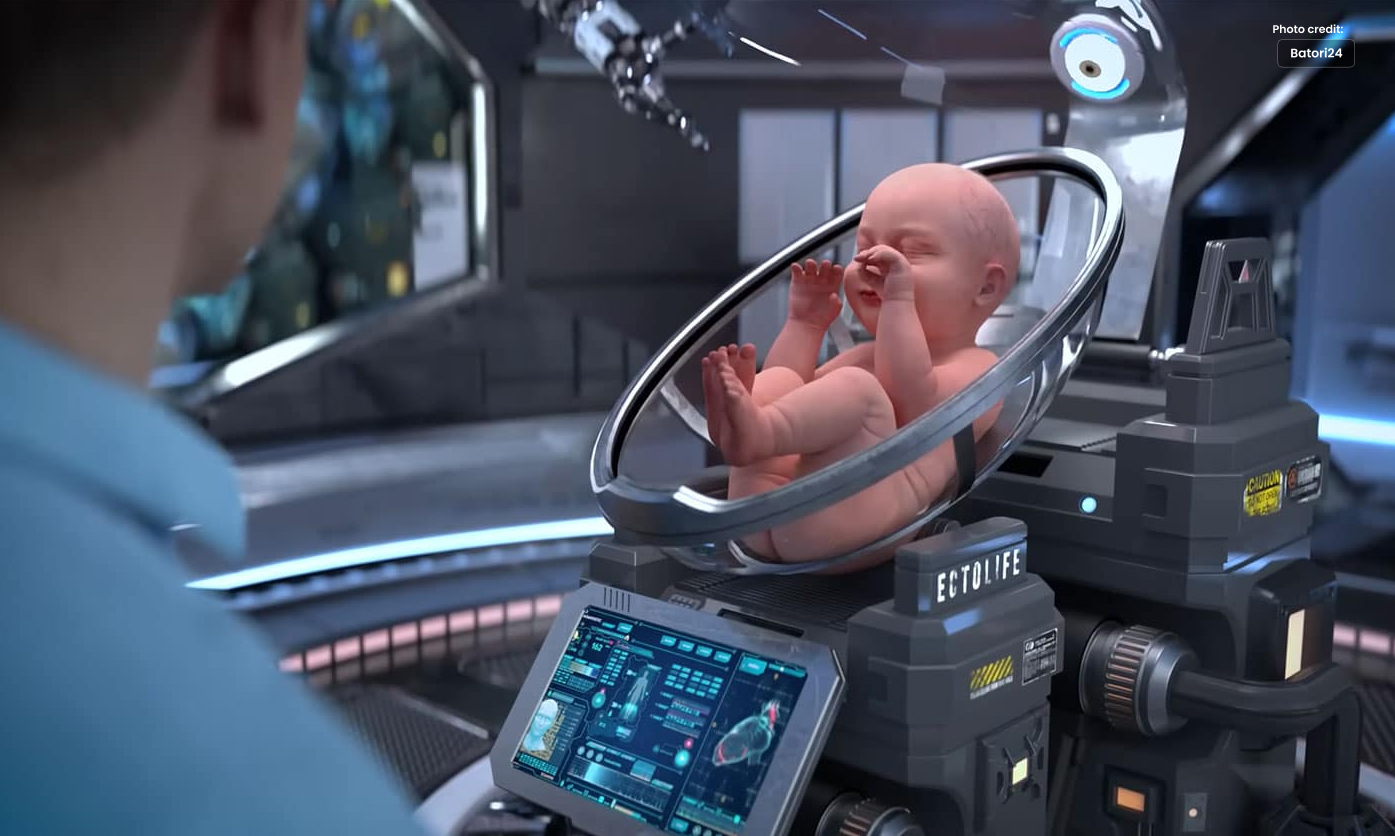EctoLife: Concept birthing custom kid in world 1st artificial facility
Let us tell you that in the year 1978, Louie Brown of Great Britain was the first baby born through IVF (artificial reproduction method). EctoLife or IVF procedure is now common in which infertile couples get a chance to become parents.
Under the IVF (In-Vitro Fertilization) method, the father’s (male) sperm and the mother’s (female) egg are removed from their bodies and placed in the laboratory, where after the embryo is formed, it is transferred to a mother or surrogate mother is inserted into the uterus where the growth of the baby starts and after a certain time, it is born.
What is EctoLife?
The very first “artificial womb factory” in the world is now ready to deliver an embryo to maturity (9 months) inside a birth chamber comparable to what you might see in a science-fiction film.
Under this technology, parents will also get an opportunity to select the child’s characteristics (such as eye color, height, and strength) from a “menu” and parents can “design” the child of their choice at the factory itself can create.
For this, gene editing will be done based on CRISPR Cas-9 technology which is not new to the world.
EctoLife (Artificial wombs):
The technology or method of producing babies in the artificial womb factory is called EctoLife. The man behind this seemingly strange and mind-boggling project at Active Life Factory is Hashim Al Ghaili.
He is a Berlin-based biotechnologist and science communicator. They say that through Active Life, infertile couples will be able to have children and become real biological parents by having a baby in their factory.
Hashim Al Ghaili, the founder of Active Life, says his plan is based on more than fifty years of groundbreaking scientific research.
Hashim says the Active Life Artificial Womb is designed to reduce human suffering and reduce the chances of C-sections (delivery operations, etc.).
Risks like premature births and C-sections will be a thing of the past with Active Life.
It all depends on ethical guidelines in terms of time frame, says Hashim Al Ghaili. Currently no longer than 14 days is allowed for research on human embryos and embryos are destroyed after 14 days for ethical reasons.
He said that if these ethical restrictions are relaxed, he would like 10 to 15 years before Active Life is widely used everywhere, after which the facility will become a reality.
Active Life ensures your baby grows in an infection-free environment. Each pod (artificial womb) is designed for the exact conditions and characteristics inside a woman’s uterus, says Al Ghaili. 30 thousand babies can be born every year in one such factory.
A smart digital screen, on the other hand, will keep the active life facility parents and factory workers up-to-date on the child’s growth.
You can also view it through your phone app. Sensors on the pods monitor the signs of the baby’s development and display them on the screen. This includes the baby’s heart rate, temperature, blood pressure, breathing rate, and oxygen supply.
You can also listen to your favorite music and talk to your baby while nursing. If the parents want, artificial intelligence setups can also detect possible genetic defects in the child and correct them. Renewable energy will be utilized to operate the factory.
Two central bioreactors are interconnected with each pod group. A bioreactor will contain a solution that acts as an amniotic fluid like the one in the mother’s womb.
A second bioreactor, designed to eliminate any waste products excreted by the developing baby, is transferred out through the artificial placenta, how is a child born?
When the baby’s growth reaches full term, when the parents want it, the process of birth happens at the push of a button. You can effortlessly remove your child from the growth pod after draining the amniotic fluid from the artificial womb.
In this regard, a British newspaper conducted a survey and asked people if it was a good idea, and about 80 percent voted against it, saying that they wanted nature to be allowed to do its job and natural laws. Do not be tampered with.




